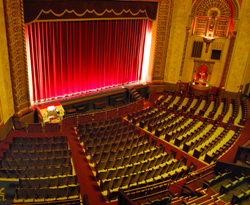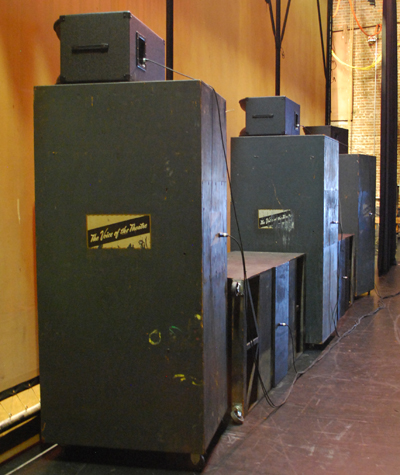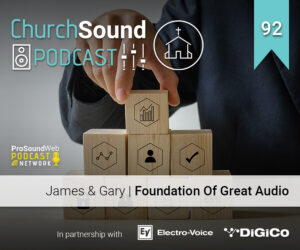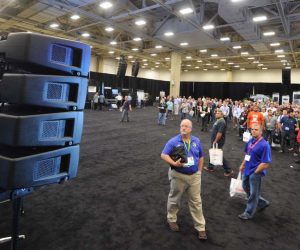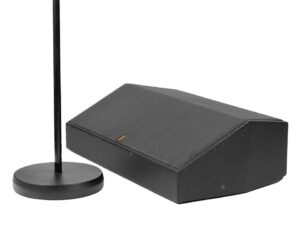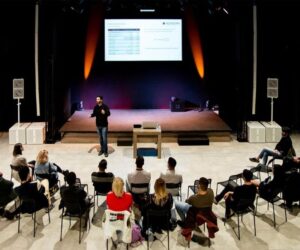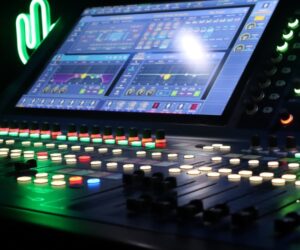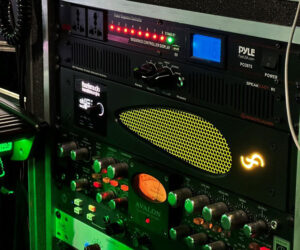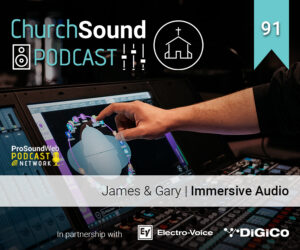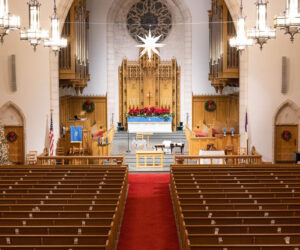Hartley Peavey’s mission to restore the sound of the historic Hamasa Shrine Temple Theater in his hometown of Meridian, Mississippi, is more than just a professional challenge.
Joseph Lane Peavey, the Peavey Electronics Corporation founder and CEO’s grandfather, was very active in the Hamasa Shriners—his name is engraved on the Moorish Revival theater’s cornerstone.
Like Hartley, J.L. Peavey was an entrepreneur and an inventor with many patents to his credit. Hartley inherited his collection of hand tools when he passed in 1955, and two years later used those tools to build the first Peavey amplifier.
“My grandfather had a big influence on me and my direction in life,” said Peavey. “He helped me understand that everyone has unique talents, and he gave me the guts to pursue mine. While restoring and upgrading the Temple Theater’s sound system is a worthy exercise for us at Peavey Electronics, it also helps preserve something my grandfather really cherished.”
The 1,550-seat Temple Theater originally opened in 1928 as a movie house, but has also served as a staging center for dramatic productions and live-music performances, with artists ranging from Willie Nelson to Wilco appearing on stage.
The theater is currently undergoing a full restoration, beginning by returning classic movie screenings to the marquee.
Peavey took on the task of updating the Temple’s 1940s-era projection sound system, which is positioned on stage behind the movie-projection screen in a LCR (Left-Center-Right) configuration, in time for the debut showing of “To Kill A Mockingbird.”
When Peavey engineers brought the five main loudspeaker enclosures to headquarters for analysis, they discovered that over the years the enclosures had weakened and required re-gluing and additional bracing on the enclosure walls. Most significantly, the transducers were replaced with modern Peavey components.
“These old projection loudspeaker cabinets were built so large because amplifiers could only put out about 25 watts in those days,” Peavey said. “The cabinets are designed to maximize the sound and utilize fully what little bit of output power those amps could muster.”
The old paper voice-coil woofers in the two huge folded-horn enclosures with a pair of Peavey 15-inch Low Rider woofers, each rated at 800 watts continuous power handling, with 4-inch voice coils and Kevlar impregnated cones that provide high performance and durability. These loudspeakers are powered with 4,000 watts from three Crest Audio power amplifiers.
Three of the five enclosures are designed to reproduce mid and high frequencies. For the mid-frequency portion, the engineers employed a pair of 15-inch Black Widow loudspeakers, while three MF1-X horns mounted to the tops transmit the high frequencies through Peavey RX22 titanium compression drivers.
.
“We wanted to preserve the classic movie-going experience that so many us remember from our childhood,” explained Peavey. “Professional audio has come an enormous way since those days. We were able to greatly improve the sound quality, efficiency and performance using Peavey components both designed and made here in Meridian.”


